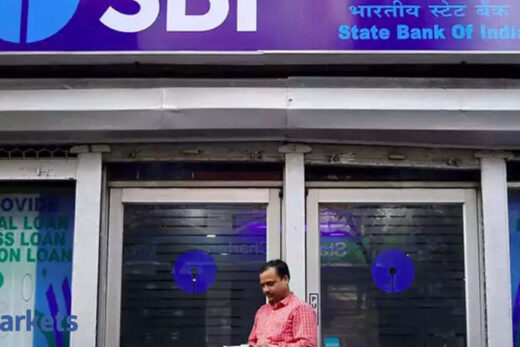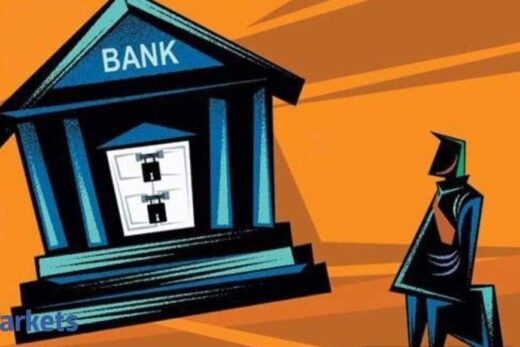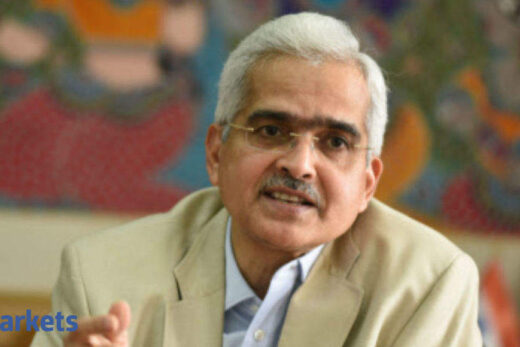Alphabet Inc. is warning users of Google Cloud services that their “bank might begin declining automatic card charges” because of the Reserve Bank of India’s new rules. Customers are being encouraged to pay manually to avoid interruptions in hosting their data. Amazon.com Inc. has temporarily discontinued new member sign-ups for free trials of its Prime service in India.
The RBI’s guidelines, which went into force this month, have disallowed recurring card payments without a one-time registration. For standing instructions on credit and debit cards above Rs 5,000 ($67), additional authentication will be required: Customers must validate every transaction each month, 24 hours before it takes place. After banks and card networks missed the October 1 deadline, payments began to fail for millions of people.
Some consumers may think the RBI is saving them from merchants who don’t give subscribers an easy way to exit their plans. However, lopsided buyer-seller relationships are a consumer protection problem. The job of a central bank is to provide a well-oiled payment system, while safeguarding the integrity of the financial network from money launderers, terrorists, scammers and hackers. Its targets should not include Netflix Inc. or the New York Times.
Yet the RBI has unleashed chaos, something that sits at odds with rapid progress in India’s payments landscape. Smartphone wallets are increasingly emerging as a viable alternative to cash, which is hard to track and tax. These instantaneous online transactions have grown from nothing six years ago to 6.39 trillion rupees ($85 billion) a month and are 4.5 times as large as card payment volumes. The digital traces left behind by payment app users help depositors earn a little more and allow borrowers to pay a little less, giving the pandemic-hit economy a badly needed boost of productivity from rapid digitization.
But while online payments boom, credit cards are far from superfluous. An independent software developer in India can rent space on Google Cloud because Alphabet Inc. is assured of recouping the expense it incurred in hosting an unknown code-writer’s project on its servers. The credit risk is with the bank behind the card.
Large multinationals can wait out a temporary disruption in India’s billion-people-plus market, which will generate meaningful revenue only when the lower-middle-income nation rediscovers its growth mojo and becomes at least higher-middle income. For self- or venture capital-financed local ventures, though, the sudden disappearance of customer payments can be a death knell. The New Delhi-based Internet Freedom Foundation had 423 paying subscribers in August. After the number dropped to 177 this month, the advocacy group made a Twitter appeal for one-time donations to keep going before recurring payments stabilize.
Assume for a minute that the regulator isn’t out to harass or shut down small digital publishers or civil society groups. It’s merely trying to prevent — as it has previously said — “possible large-scale customer inconvenience and default.” The central bank warned card issuers and networks two years ago. In March, it gave them a six-month extension. What more could it do?
The right question is, what could it have done differently? It’s often necessary for regulators to inconvenience those it’s seeking to protect — something we have come to grudgingly accept post-9/11 as we remove our shoes at airport security checks. But flights must still take off, and contractually agreed payments must still land. The RBI could have simply held banks as non-compliant — and taken a part of their revenue as fines — as long as they didn’t register their recurring payment e-mandates. This isn’t the first time the RBI has botched things up. Such carelessness has been on display since at least the bank meekly went along with Prime Minister Narendra Modi’s strange decision in 2016 to outlaw 86% of the currency it had issued.
When you get away with banning sovereign cash, how big a deal can it be to throw sand in the wheels of bank money, which is what credit card payments are? The burden of the demonetization misadventure largely fell on the poor. As producers and consumers in the digital economy, the brunt this time is being borne by the middle class.



